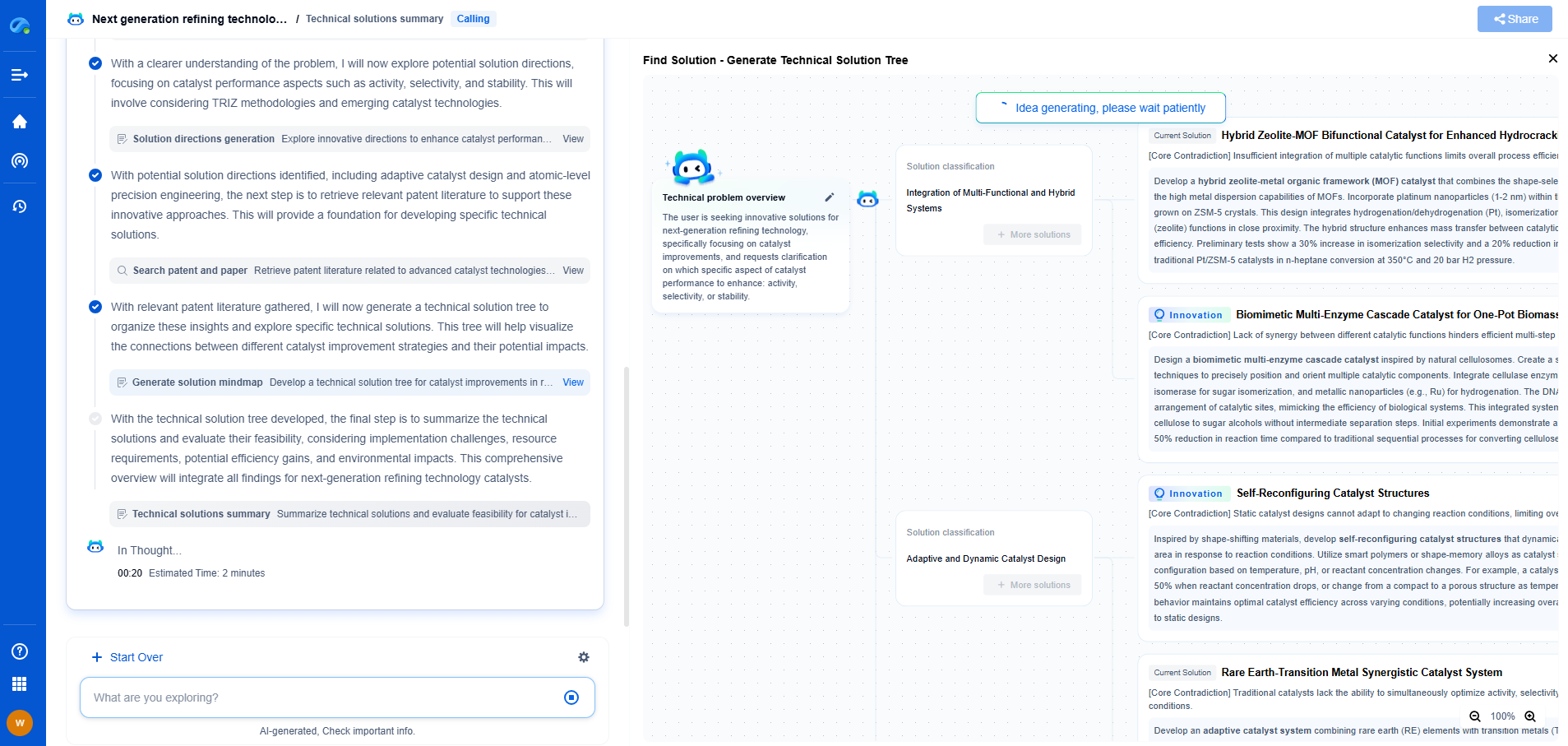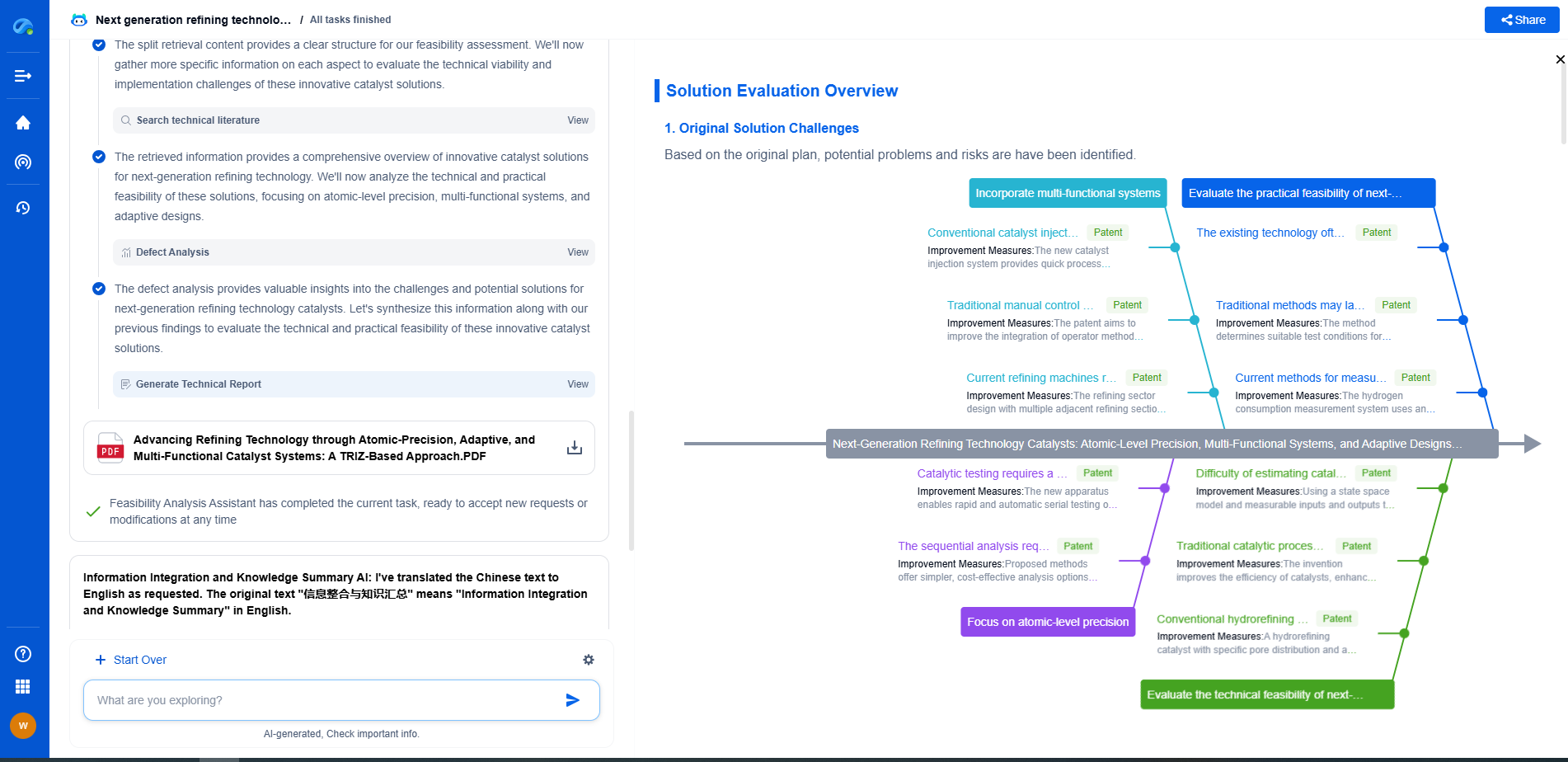Object detection is a computer vision task that identifies and localizes objects within images or video frames by drawing bounding boxes and classifying objects into predefined categories. It combines image classification and localization using algorithms such as YOLO, SSD, or Faster R-CNN. Object detection is critical for applications like autonomous driving, surveillance, and robotics. Deep learning models trained on datasets like COCO or ImageNet have significantly improved detection accuracy.
What is Accuracy?
Accuracy is a commonly used metric in classification tasks, representing the ratio of correctly predicted instances to the total instances. In binary classification, accuracy is calculated as the sum of true positives and true negatives, divided by the total number of instances. While this metric is appropriate for balanced datasets with equal classes, it might not be the best choice for evaluating object detection models.
Limitations of Accuracy in Object Detection
Accuracy becomes problematic when applied to object detection for several reasons. First, object detection involves not just classifying objects but also determining their location within an image. A model can be accurate in classifying objects but perform poorly in localizing them. Secondly, accuracy does not account for the complexity of the dataset. In object detection, datasets are often imbalanced, with some classes having significantly more instances than others, leading to skewed accuracy results. Furthermore, accuracy does not consider the size and scale of detected objects, ignoring the potential for partial detections to be counted as correct.
Introducing Mean Average Precision (mAP)
The mean average precision (mAP) metric is designed specifically for evaluating object detection models, providing a more comprehensive assessment than accuracy alone. mAP considers both the precision and recall of the model across different classes, offering a balanced view of its performance.
Precision refers to the proportion of true positive detections out of all positive detections made by the model, while recall measures the proportion of true positive detections out of the actual positives in the dataset. By calculating the area under the precision-recall curve for each class and averaging these values, mAP effectively summarizes the model's ability to correctly identify and localize objects.
Why mAP Is a Better Metric
Unlike accuracy, mAP accounts for both the classification and localization tasks inherent in object detection. It emphasizes the importance of detecting objects with precision, penalizing models that produce a high number of false positives. This is especially crucial in real-world applications where false detections can have significant consequences.
Moreover, mAP provides insights into the model's performance across different classes, highlighting strengths and weaknesses that accuracy might overlook. This allows researchers and developers to target specific areas for improvement, leading to more robust and reliable object detection models.
Conclusion: Beyond Accuracy
While accuracy is a straightforward and familiar metric, it falls short in capturing the complexities of object detection tasks. The nature of object detection demands a more nuanced approach to evaluation, making mAP a preferred metric in the field. By considering both precision and recall, mAP offers a holistic view of a model's performance, ensuring that advancements in object detection translate to practical, real-world applications.
In summary, when evaluating object detection models, it is essential to look beyond accuracy and embrace metrics like mAP that address the unique challenges of the task. By doing so, we can develop more effective and reliable models that better serve the needs of various industries and applications.
mAP vs. Accuracy in Object Detection: Why Accuracy Isn’t Enough
JUL 10, 2025 |
Image processing technologies—from semantic segmentation to photorealistic rendering—are driving the next generation of intelligent systems. For IP analysts and innovation scouts, identifying novel ideas before they go mainstream is essential.
Patsnap Eureka, our intelligent AI assistant built for R&D professionals in high-tech sectors, empowers you with real-time expert-level analysis, technology roadmap exploration, and strategic mapping of core patents—all within a seamless, user-friendly interface.
🎯 Try Patsnap Eureka now to explore the next wave of breakthroughs in image processing, before anyone else does.
- R&D
- Intellectual Property
- Life Sciences
- Materials
- Tech Scout
- Unparalleled Data Quality
- Higher Quality Content
- 60% Fewer Hallucinations
Browse by: Latest US Patents, China's latest patents, Technical Efficacy Thesaurus, Application Domain, Technology Topic, Popular Technical Reports.
© 2025 PatSnap. All rights reserved.Legal|Privacy policy|Modern Slavery Act Transparency Statement|Sitemap|About US| Contact US: help@patsnap.com

